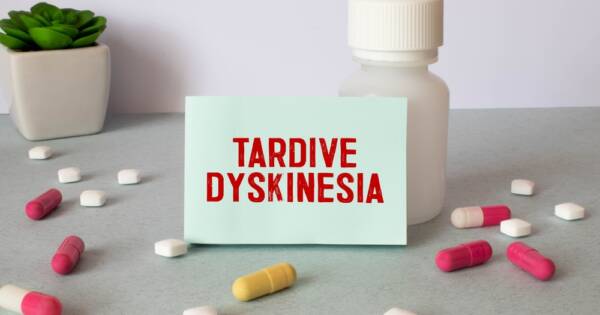Strokes represent a critical health challenge, annually affecting roughly 800,000 Americans. Prompt recognition of symptoms such as sudden speech troubles, numbness, and severe headaches is vital, as timely intervention can prevent irreversible brain damage. With insights into risk factors, symptoms, and urgent response strategies, individuals can better safeguard themselves from this life-threatening event.
Understanding Stroke Warning Signs and Risks
Strokes are a significant health issue in the United States, impacting roughly 800,000 people annually. They occur when the blood supply to the brain is disrupted, either by a blocked artery or a ruptured blood vessel. The former is known as an ischemic stroke, while the latter is referred to as a hemorrhagic stroke.
Recognizing the warning signs promptly can save lives, as strokes can cause irreversible brain damage if left untreated. Thus, understanding and responding to symptoms swiftly is crucial.
Key Stroke Symptoms to Watch For
The symptoms of a stroke can manifest suddenly and vary depending on the part of the brain affected and the severity of the injury. Primary indicators include:
- Sudden trouble speaking
- Difficulty understanding speech
- Paralysis or numbness on one side of the body
- Vision problems
- Loss of balance
- Severe headaches
These symptoms can sometimes be painless, causing people to delay seeking treatment, which is critical as every minute without treatment counts in reducing brain damage. The F.A.S.T. acronym is a helpful tool in identifying a stroke quickly:
- F for Face drooping
- A for Arm weakness
- S for Speech difficulties
- T for Time to call emergency services
Immediate response is essential; most effective treatments are available only if treatment is initiated within three hours of symptom onset.
Understanding Transient Ischemic Attacks (TIAs)
Transient ischemic attacks, or TIAs, often serve as urgent warning signals for future strokes. These “mini-strokes” are transient blockages that resolve quickly but should not be dismissed as they indicate a higher risk of a more severe stroke later on. Approximately one in three individuals who experience a TIA will have an actual stroke later, making immediate medical evaluation imperative.
Risk Factors Influencing Stroke Likelihood
Several factors can increase the likelihood of experiencing a stroke, ranging from lifestyle choices to genetic predispositions. Key risk factors include age (particularly individuals over 55), gender, and ethnicity, with African Americans and males facing higher risks.
Other important factors include a family history of strokes, obesity, high blood pressure, high cholesterol, diabetes, smoking, excessive alcohol consumption, and lack of physical activity. Moreover, certain heart conditions and poorly controlled conditions like diabetes and sleep apnea also heighten stroke risk.
Proactive Measures to Reduce Stroke Risk
Fortunately, many stroke risk factors can be modified through lifestyle changes and medical interventions. Quitting smoking, maintaining an active lifestyle, eating a balanced diet, and moderating alcohol intake are essential strategies. Regular medical check-ups can help identify and manage conditions such as high blood pressure or high cholesterol, significantly lowering the risk of stroke. These modifications can promote overall health and aid in stroke prevention.
It’s important to work in collaboration with healthcare professionals to establish a personalized plan for managing risk factors. This cooperative approach ensures that individuals can take charge of their health proactively and potentially avert the occurrence of a stroke.
Stroke Diagnosis and Treatment
In the event of a stroke, rapid diagnosis and treatment are essential. Medical professionals often use a combination of tests, such as CT or MRI scans, carotid ultrasounds, and blood tests, to determine the stroke type and the necessary intervention. For ischemic strokes, the focus is on restoring blood flow either through clot-busting medication or endovascular procedures. In the case of hemorrhagic strokes, treatment aims to control bleeding and reduce brain pressure, sometimes necessitating surgery.
Post-stroke recovery is a highly individualized process, requiring a medical care team to help regain as much independence as possible. Emotional and psychological support is vital due to the profound impact strokes can have, with recovery necessitating patience and perseverance in overcoming challenges.
Why You Should Learn More About Stroke Signs Today
Understanding the warning signs and risk factors associated with strokes is imperative for health management and prevention. Recognizing symptoms quickly and acting decisively can make a life-saving difference. Furthermore, being informed about individual risks and taking the necessary preventative steps can dramatically reduce the risk of experiencing a stroke. By maintaining regular check-ups and adopting healthy lifestyle choices, individuals can safeguard their well-being and mitigate this significant health threat.





